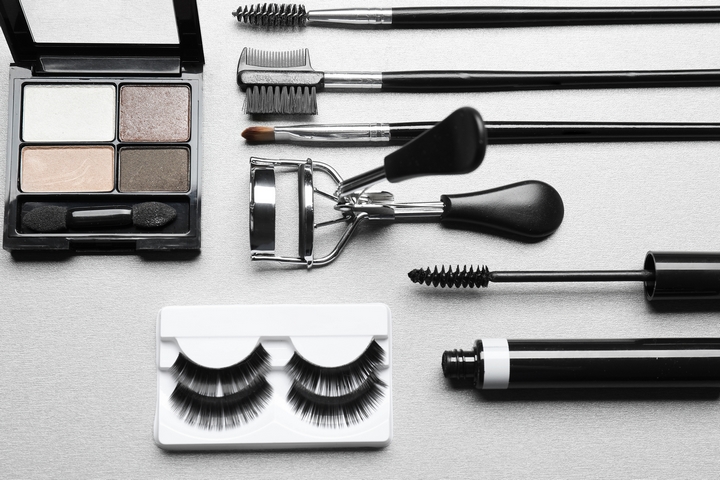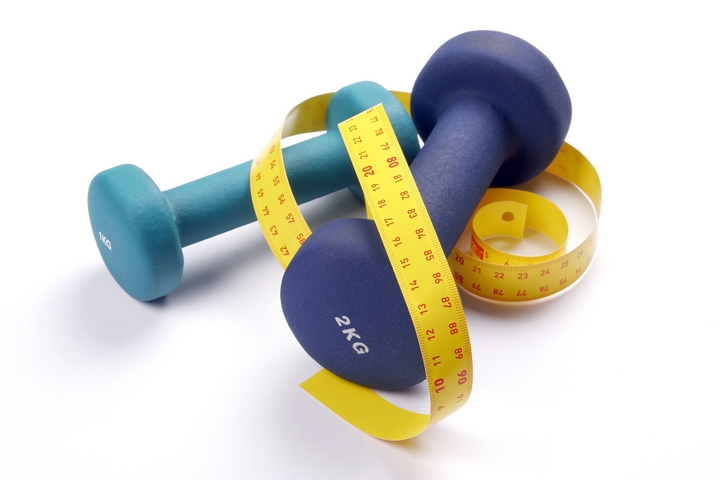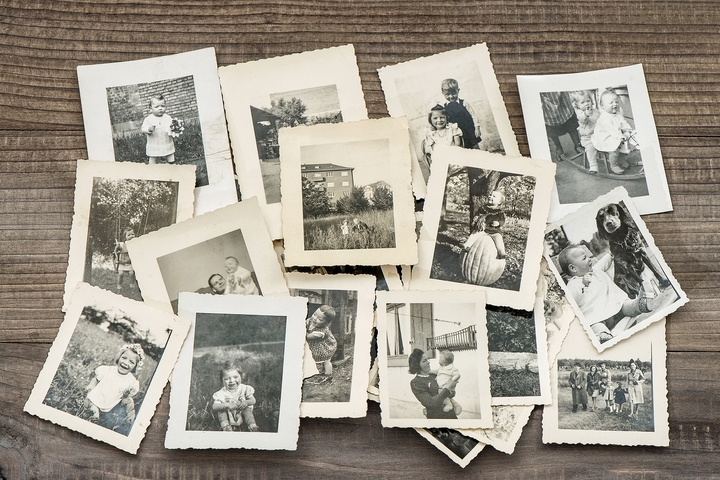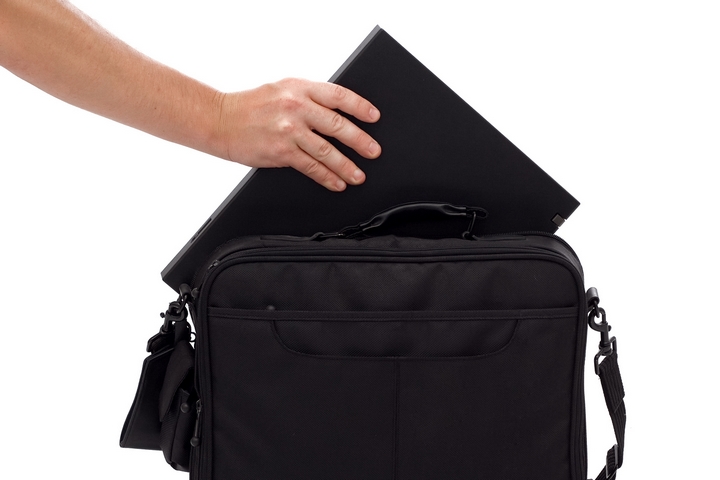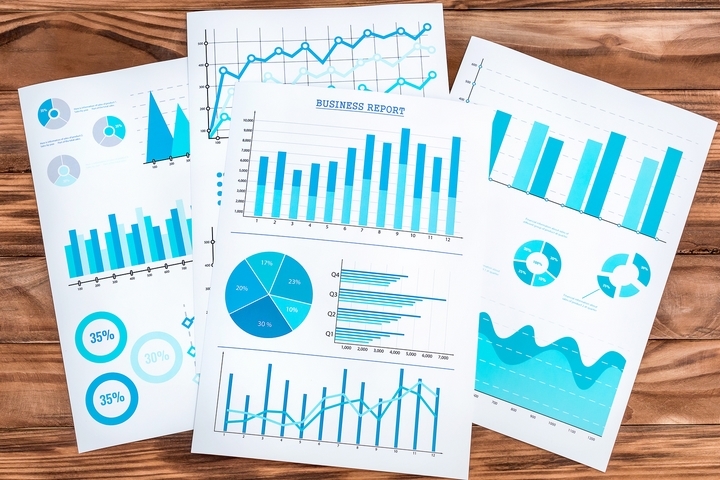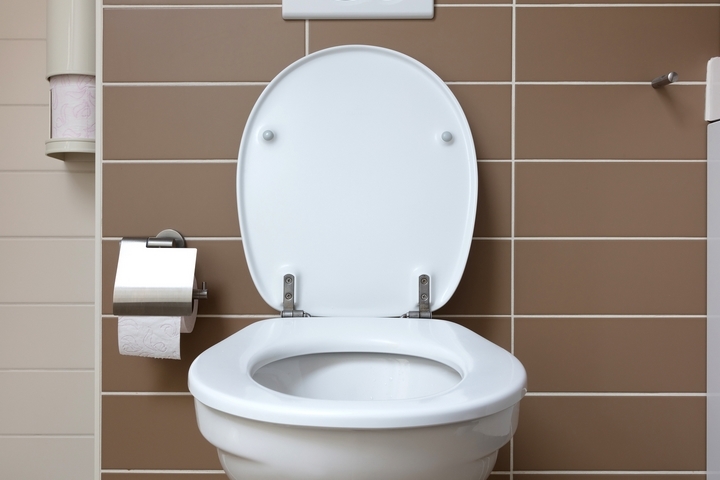
A clogged toilet is never fun to deal with. Sure, you might be able to unclog it yourself with a plunger. You can also try some home remedy for unclogging toilets, such as baking soda and vinegar. However, don’t you wish you could prevent those annoying toilet clogs from forming in the first place?
The good news is that it’s possible. There are ways to avoid clogging a toilet, so you can use your baking soda and vinegar for other purposes than pouring them down the drain.
Follow this guide on how to not clog a toilet at home:
1. Don’t use too much toilet paper
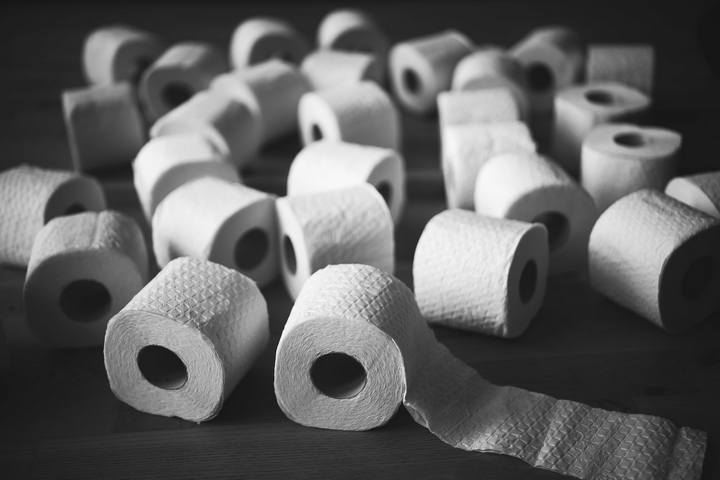
Most of the time, toilets get clogged because people use too much toilet paper. Of course, toilet paper is designed to dissolve in water, but this doesn’t happen right as it goes in the toilet bowl.
If you want to not clog your toilet, try to use less toilet paper. And if you need to use a lot of it, it’s best to flush once, use more paper, and then flush again. You could also consider using thinner toilet paper. Thick toilet paper feels soft and luxurious, but it takes a lot more time to dissolve, and it can be responsible for toilet clogs.
2. Know what you can and can’t flush down your toilet
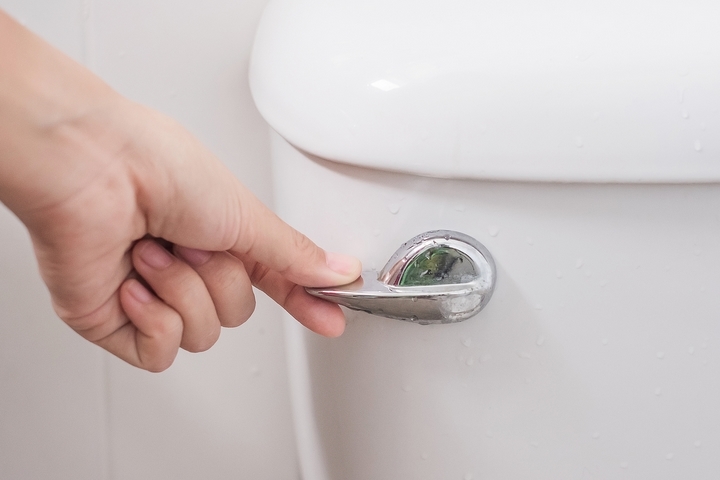
Toilet clogs can also form when someone flushes something that isn’t meant to be flushed. The only things you should flush down the toilet are toilet paper and human waste.
To be safe, you should never flush:
- Baby wipes
- Diapers
- Tampons
- Sanitary napkins
- Cotton balls
- Cotton-tipped swabs
- Facial tissues
- Paper towels
- Hair
- Dental floss
- Medication
- Grease
- Food
Even if baby wipes, diapers, and feminine hygiene products are labelled as flushable, it’s best not to take a chance and throw them in the trash instead.
Of course, children’s toys should never be flushed down the toilet. You know that, but maybe your kids don’t, or they are simply too young to understand it.
If you want to prevent toilet clogs, you have to make sure everyone in your household knows what they shouldn’t flush down the toilet.
3. Ask a plumber to check if there is a problem with your pipes
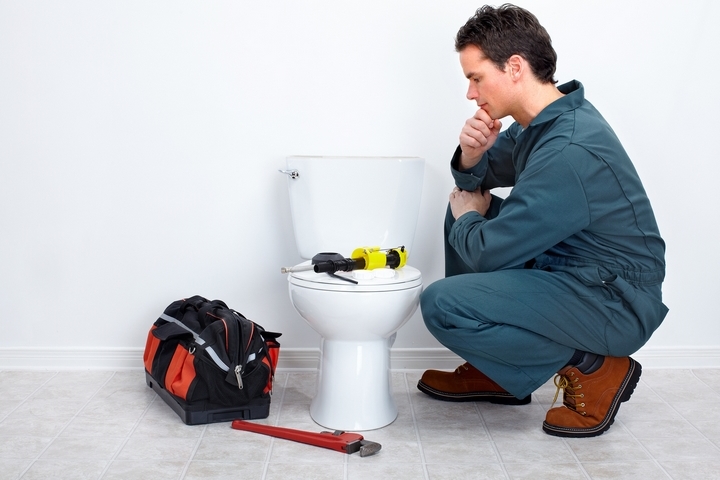
If your toilet gets clogged pretty often, even if you don’t use too much toilet paper and don’t flush things you are not supposed to flush, there could be a problem with your pipes. Perhaps some tree roots have grown inside the underground pipes connected to your toilet, making it nearly impossible to flush anything down.
If that is the case, you will need to call a plumber for help. They will first check if roots cause your clogged toilet issues, and then they will clear the pipes and try to make sure they stay free of roots.
4. Be careful what you store around your toilet
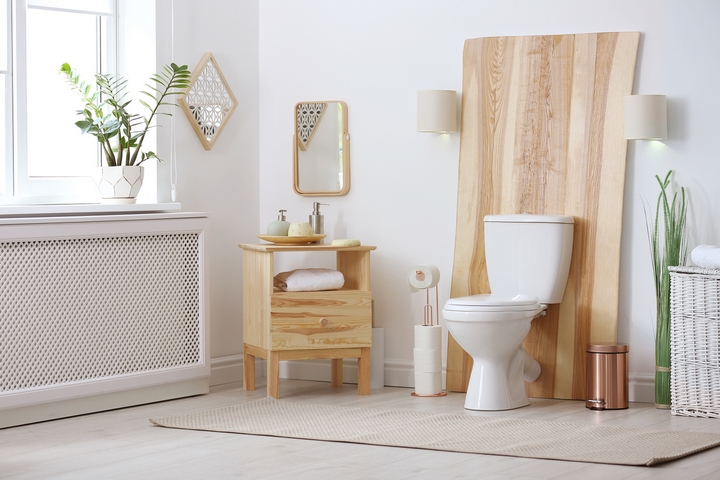
Children can put objects in the toilet while they are playing. But objects can also fall down the toilet by accident. If there is a shelf over your toilet, or if you have a habit of storing items on top of your toilet tank, it can get easy to knock down a comb, a bar of soap, or a wristwatch inside the bowl.
To avoid clogging your toilet, you should avoid storing items over and around it. It’s also good to keep the toilet seat down when it’s not being used. It’s a simple way to reduce the risk of something accidentally falling inside the toilet bowl and down the drain.
5. Don’t use harsh chemical drain cleaners
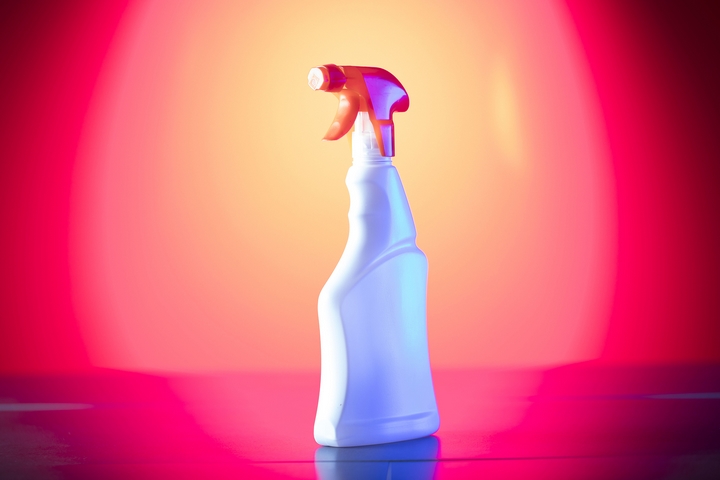
When it’s time to clean your toilet, avoid harsh cleaning products. Chemical drain cleaners, in particular, can end up damaging the pipes they are supposed to clean. And if your toilet’s pipes are damaged, they will be more likely to leak or get clogged.
Plus, damaged pipes will be expensive to fix and could even cause damage to your floor.
Instead, you should clean your toilet with mild products, which will be effective without causing any damage. You could also make your cleaner with vinegar and baking soda.
6. Plunge your toilet before it gets clogged
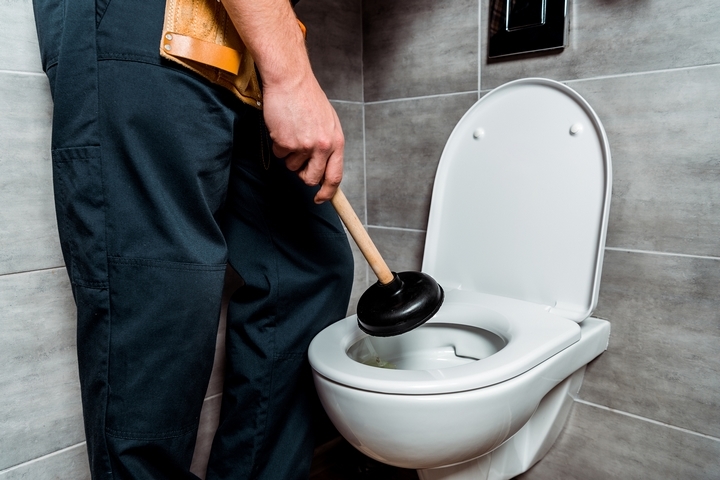
Your toilet might not instantly get clogged when something gets stuck down the drain. Perhaps it will only form a partial clog that will leave you with a slow or weak flushing toilet.
But this partial clog will probably worsen over time, so it’s best to deal with it as soon as you notice there is a problem with the flow of your toilet.
If your toilet isn’t flushing as well as it used to, use a plunger. It could dislodge whatever is starting to block the pipes and solve the problem before it becomes a stubborn clog.





